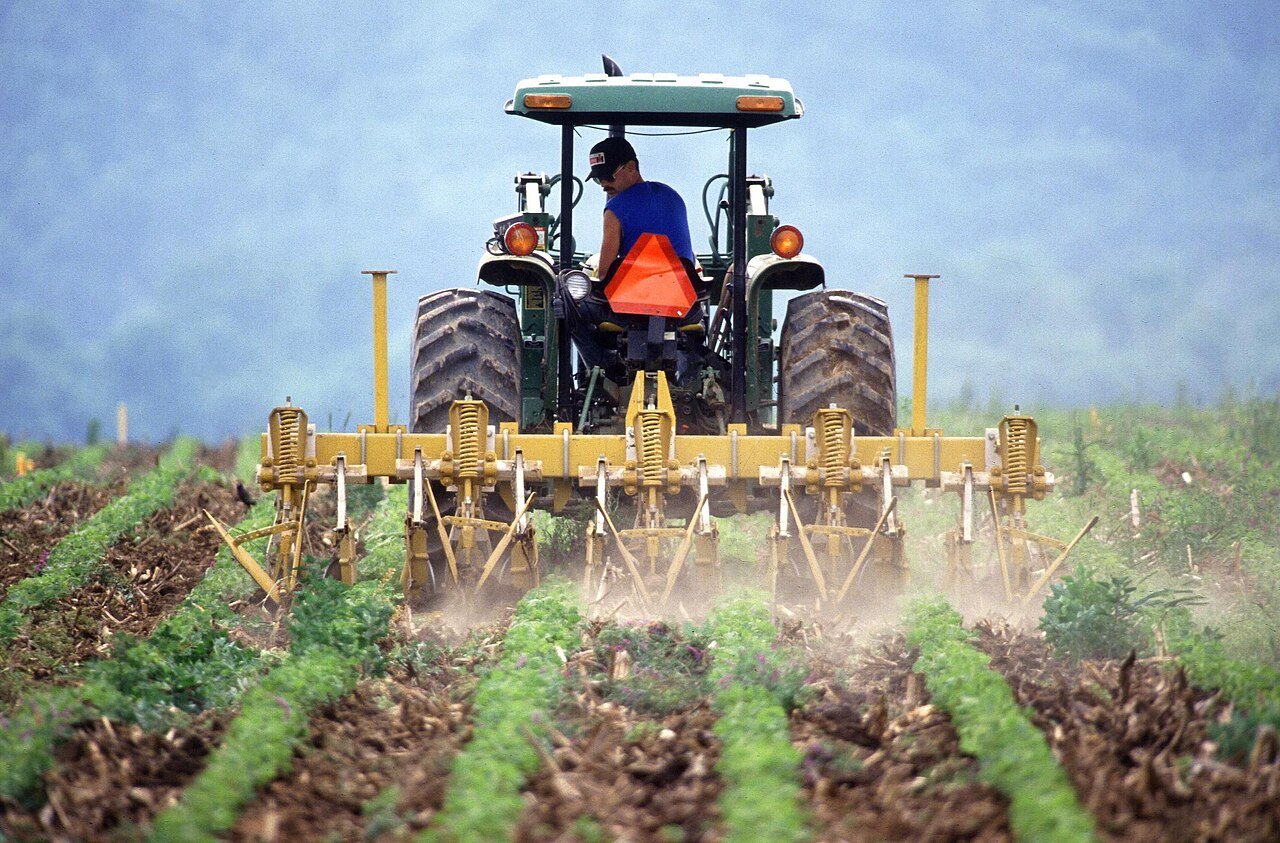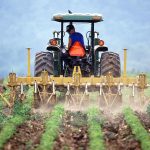For decades, American farmers have been among the most reliable supporters of Republican candidates, with many in rural communities standing firmly behind Donald Trump during both of his presidential campaigns. Trump’s promises to defend traditional industries, renegotiate trade deals, and protect American workers resonated deeply in agricultural states across the Midwest and the South. Yet today, that loyalty is being tested like never before. Facing mounting debt, volatile commodity prices, high input costs, and the lingering effects of tariffs and trade disputes, farmers are grappling with unprecedented financial pressures. Many are asking whether their faith in Trump’s leadership still aligns with the realities of their daily struggles. This article takes a deep dive into the challenges US farmers are currently experiencing, explores the historical and political backdrop of their relationship with Trump, and examines how economic realities are shaping the future of American agriculture. With stories from the ground, expert analysis, and data-driven insights, we aim to uncover whether the bond between Trump and farmers remains unbreakable—or if cracks are starting to show.
- The Historical Bond Between Farmers and Trump
- The Financial Struggles Facing US Farmers
- The Trump Trade War Legacy
- Climate Change and Unpredictable Weather
- The Political Dilemma for Farmers
- Expert Analysis and Statistics
- What the Future Holds for Farmers and Trump
- FAQs
- Why are US farmers struggling financially today?
- How did Trump’s trade war with China affect farmers?
- Do farmers still support Trump despite these challenges?
- What role does climate change play in farmers’ difficulties?
- What solutions could help ease the financial burden on farmers?
- Conclusion
The Historical Bond Between Farmers and Trump
When Donald Trump first launched his campaign in 2016, farmers embraced his blunt rhetoric and promises of a better deal for rural America. He vowed to restore manufacturing, take on China, and prioritize American producers in global markets. Farmers, long skeptical of Washington elites, found a candidate who seemed to speak their language. In 2020, despite the turbulence of trade wars and a struggling agricultural economy, farmers once again backed Trump overwhelmingly. According to exit polls, nearly 65% of rural voters cast their ballots for him, making rural America one of the strongest pillars of his electoral coalition. This loyalty was not just political; it was cultural. Farmers saw Trump as someone who understood the value of hard work, who was unafraid to challenge global competitors, and who represented their frustration with bureaucratic red tape. But as global trade conflicts intensified, the costs began to mount for those same rural communities.
The Financial Struggles Facing US Farmers
Rising Input Costs and Inflation
One of the most pressing issues farmers face today is the rising cost of production. Fertilizers, seeds, pesticides, fuel, and equipment—all essential inputs for farming—have seen significant price hikes in recent years. The U.S. Department of Agriculture (USDA) reported that fertilizer prices alone rose by more than 80% between 2020 and 2022, while diesel fuel prices nearly doubled in some regions. For small and mid-sized farms operating on tight margins, these increases have been devastating. What used to be manageable expenses have now become barriers to profitability, forcing many farmers to take on more debt or scale back operations.
Commodity Price Volatility
At the same time, farmers are subject to the unpredictability of global commodity markets. While prices for crops like corn and soybeans occasionally rise, they often fluctuate wildly due to international trade disputes, climate events, and shifting consumer demand. A single drought or trade policy announcement can drastically alter market expectations, leaving farmers vulnerable to losses. Soybean farmers in particular felt the sting of Trump’s trade war with China, once their largest export market. Tariffs imposed during the conflict led to a collapse in soybean exports, with billions of dollars in losses. Though federal aid packages sought to offset some of the damage, many farmers argue that the long-term relationships with global buyers have been irreparably harmed.
Debt and Farm Bankruptcies
Financial pressures have contributed to rising levels of debt in the farming community. According to the American Farm Bureau Federation, farm debt is now hovering near record highs, surpassing $500 billion. For many families, this debt burden has become unsustainable. Bankruptcy filings among farmers, particularly under Chapter 12, which is designed for family farms, have also increased. While not yet at crisis levels, the upward trend reflects the mounting challenges in rural America.
The Trump Trade War Legacy
No discussion of farmers’ financial struggles can be complete without addressing the lasting impact of Trump’s trade policies. His administration’s aggressive stance toward China was intended to correct trade imbalances and protect American producers. However, farmers often bore the brunt of retaliatory tariffs. China, once the largest buyer of U.S. soybeans, slashed imports dramatically during the trade conflict, leaving silos filled with unsold crops. While Trump’s administration rolled out billions in farm aid to cushion the blow, critics argue that these payments were a short-term fix for a long-term problem. Some farmers remain supportive, praising Trump for standing up to China and acknowledging the aid packages as a necessary safety net. Others, however, feel abandoned, questioning whether the costs of these trade disputes outweighed the benefits.
Climate Change and Unpredictable Weather
Beyond economic and political issues, climate change is introducing another layer of hardship for farmers. Floods, droughts, wildfires, and other extreme weather events are increasingly common, wreaking havoc on planting and harvest schedules. In states like Iowa, Nebraska, and Kansas, farmers have seen entire seasons wiped out by natural disasters. The USDA estimates that extreme weather events cost U.S. agriculture billions of dollars annually. Insurance programs provide some relief, but the repeated losses are wearing on rural families already stretched thin. As climate change accelerates, the resilience of America’s agricultural sector is being tested like never before.
The Political Dilemma for Farmers
Enduring Loyalty Versus Growing Doubt
Despite the mounting hardships, Trump still enjoys strong support among farmers. His rallies in rural areas often draw large crowds, and many still view him as the only candidate willing to stand up for their interests. However, cracks are beginning to emerge. Some farmers express frustration that the promises of fairer trade and higher profits have not materialized. Others feel disillusioned by policies that seemed to benefit corporate agribusiness more than family farms. The result is a growing political dilemma: whether to remain loyal to Trump out of cultural and ideological alignment, or to seek alternatives that may offer more tangible relief.
Voices from the Heartland
Take the story of Jim Keller, a soybean farmer in Iowa, who once proudly displayed a Trump sign at the end of his driveway. “I believed he would fight for us,” Keller says. “But after losing our biggest market in China and watching our input costs skyrocket, I’m not sure anymore.” In contrast, Sarah Monroe, a corn farmer in Kansas, remains steadfast. “We’ve had tough times before,” she says. “Trump’s not perfect, but at least he talks about us. The other side doesn’t even know we exist.” These divided perspectives illustrate the crossroads at which many rural voters now find themselves.
Expert Analysis and Statistics
Economists warn that the structural challenges facing American farmers go far beyond politics. The consolidation of agribusiness, globalization of food markets, and growing influence of technology all play a role in shaping outcomes for rural communities. Dr. Mark Edelman, an agricultural economist at Iowa State University, notes: “Farmers often look to Washington for solutions, but many of the forces affecting agriculture are global and beyond the control of any one administration. What matters most is long-term stability, access to markets, and policies that strengthen family farms.” Statistics underscore this point. According to the USDA, more than half of farm households in the U.S. rely on off-farm income to make ends meet. In other words, farming alone is no longer enough to sustain many families, a reality that complicates the narrative of rural prosperity.
What the Future Holds for Farmers and Trump
As the next election cycle looms, the relationship between Trump and farmers will remain a central storyline in American politics. Will rural communities continue to back him out of loyalty and cultural alignment? Or will the financial strains push some toward alternative candidates who promise different solutions? For now, the answer remains uncertain. What is clear, however, is that the struggles of America’s farmers are not going away. Without meaningful reforms—on trade, climate, and agricultural support—farm families will continue to face a difficult road ahead.
FAQs
Why are US farmers struggling financially today?
Farmers are facing rising input costs, volatile commodity prices, heavy debt burdens, and climate-related challenges. These factors, combined with the lingering effects of trade wars, have created a perfect storm of financial strain.
How did Trump’s trade war with China affect farmers?
The trade war led to retaliatory tariffs that sharply reduced exports of key crops like soybeans. Farmers lost billions in sales, and although the Trump administration provided aid packages, many argue that the damage to long-term trade relationships was significant.
Do farmers still support Trump despite these challenges?
Yes, many farmers continue to support Trump, citing his cultural alignment with rural values and his willingness to talk about agriculture. However, growing numbers are expressing doubt, pointing to broken promises and ongoing financial struggles.
What role does climate change play in farmers’ difficulties?
Climate change has intensified extreme weather events like floods, droughts, and wildfires, which disrupt planting and harvesting cycles. These unpredictable events have added another layer of risk to already fragile farm finances.
What solutions could help ease the financial burden on farmers?
Experts suggest that policies promoting stable trade relationships, investments in climate resilience, expanded crop insurance, and stronger support for family farms could provide relief. Additionally, diversification and innovation in farming practices may help adapt to changing global conditions.
Conclusion
The struggles of America’s farmers represent more than just an economic challenge—they are a reflection of the broader tensions facing rural America. Rising costs, unstable markets, and climate disruptions have left many farmers questioning their future, and by extension, their political loyalties. For Donald Trump, maintaining his rural stronghold may require more than rhetoric; it will demand tangible solutions that address the real hardships facing farm families. Whether farmers ultimately remain steadfast in their loyalty or begin to shift politically will depend on how effectively their concerns are addressed in the years ahead. One thing is certain: the story of America’s farmers is far from over, and their voices will continue to shape the nation’s political and economic landscape.







